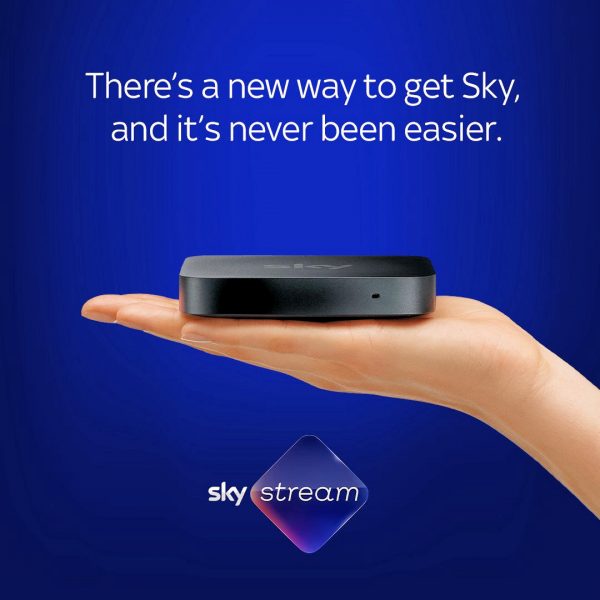PGNick
Member
Hi all,
I'm imminently moving to a new house which unfortunately has a sub 10Mb broadband connection. As such I'm looking at a 4G solution...
Signal strength at the new property isn't great though. EE seems to be the best option and at street level I'm getting 1/2 bars of 4G with a speed test on an iPhone showing around a 25Mb download speed.
The new house is fitted with data cabling and I intend to install my UniFi access points from my previous home to provide WiFi.
After some forum lurking it looks like the route of a Huawei B525 with an external Poynting omni-directional antenna (XPOL-A0001) is the widely accepted best option.
My questions are,
- Would an outdoor router, with PoE might be better option than an indoor router with external antenna, considering my low signal?
- Has anyone any experience with the Cat6 UK Outdoor 4G MIMO router from https://www.outdoorrouter.com?
- Other than the Huawei B525 has anyone an opinion on these alternative routers, or a better recommendation?
1. Teltonika RUTX09 or RUTX11
2. Huawei B618
All advise is greatly appreciated!
Thanks,
Nick
I'm imminently moving to a new house which unfortunately has a sub 10Mb broadband connection. As such I'm looking at a 4G solution...
Signal strength at the new property isn't great though. EE seems to be the best option and at street level I'm getting 1/2 bars of 4G with a speed test on an iPhone showing around a 25Mb download speed.
The new house is fitted with data cabling and I intend to install my UniFi access points from my previous home to provide WiFi.
After some forum lurking it looks like the route of a Huawei B525 with an external Poynting omni-directional antenna (XPOL-A0001) is the widely accepted best option.
My questions are,
- Would an outdoor router, with PoE might be better option than an indoor router with external antenna, considering my low signal?
- Has anyone any experience with the Cat6 UK Outdoor 4G MIMO router from https://www.outdoorrouter.com?
- Other than the Huawei B525 has anyone an opinion on these alternative routers, or a better recommendation?
1. Teltonika RUTX09 or RUTX11
2. Huawei B618
All advise is greatly appreciated!
Thanks,
Nick






































